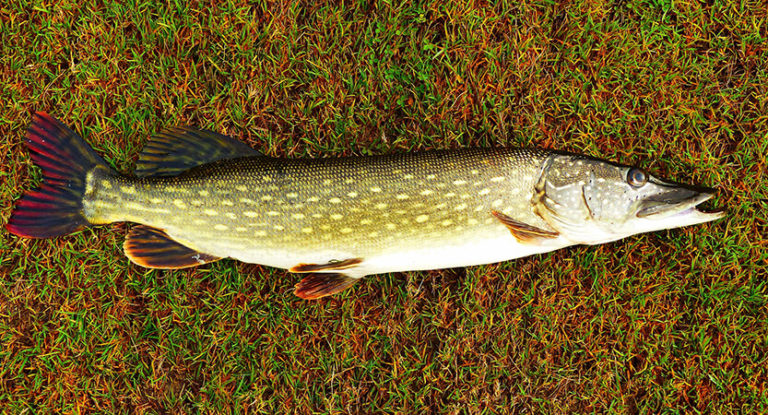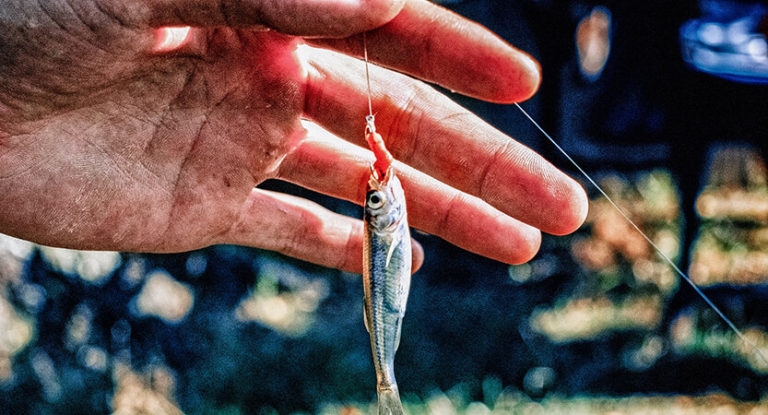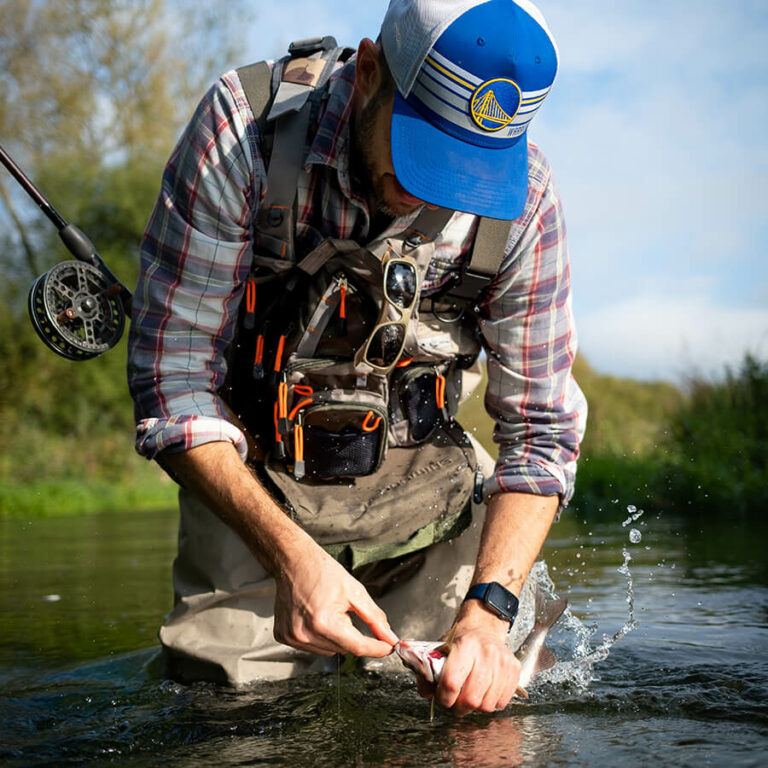Horse mackerel, in the common sense, is the name of a large group of fish that are more likely to be of commercial importance. Horse mackerel refers to several species of fish belonging to the family of horse mackerel. Most of which are fishing. The family of stadrid fish includes about 30 genera and more than 200 species. Many fish of the family reach large sizes and are a favorite trophy of sea fishing enthusiasts.
Here is an overview of the content of this tutorial, feel free to jump to any section you care about:
For more fishing instructions, take a look at these popular Trizily links: Wels Catfish Fishing.
Horse Mackerel Fishing
Overview of horse mackerel
On this resource, some species are described separately. Actually, a separate genus – “horse mackerel”, has about 10 species and they are quite widespread in temperate and tropical waters. All horse mackerels are active predators. The body of the fish has a spindle shape. The mouth is middle, half-lower. The length in some species, can reach 70 cm, but in most cases is 30 cm. According to the length, the weight of the fish can reach up to 2.5 kg, but on average, it is about 300 g.
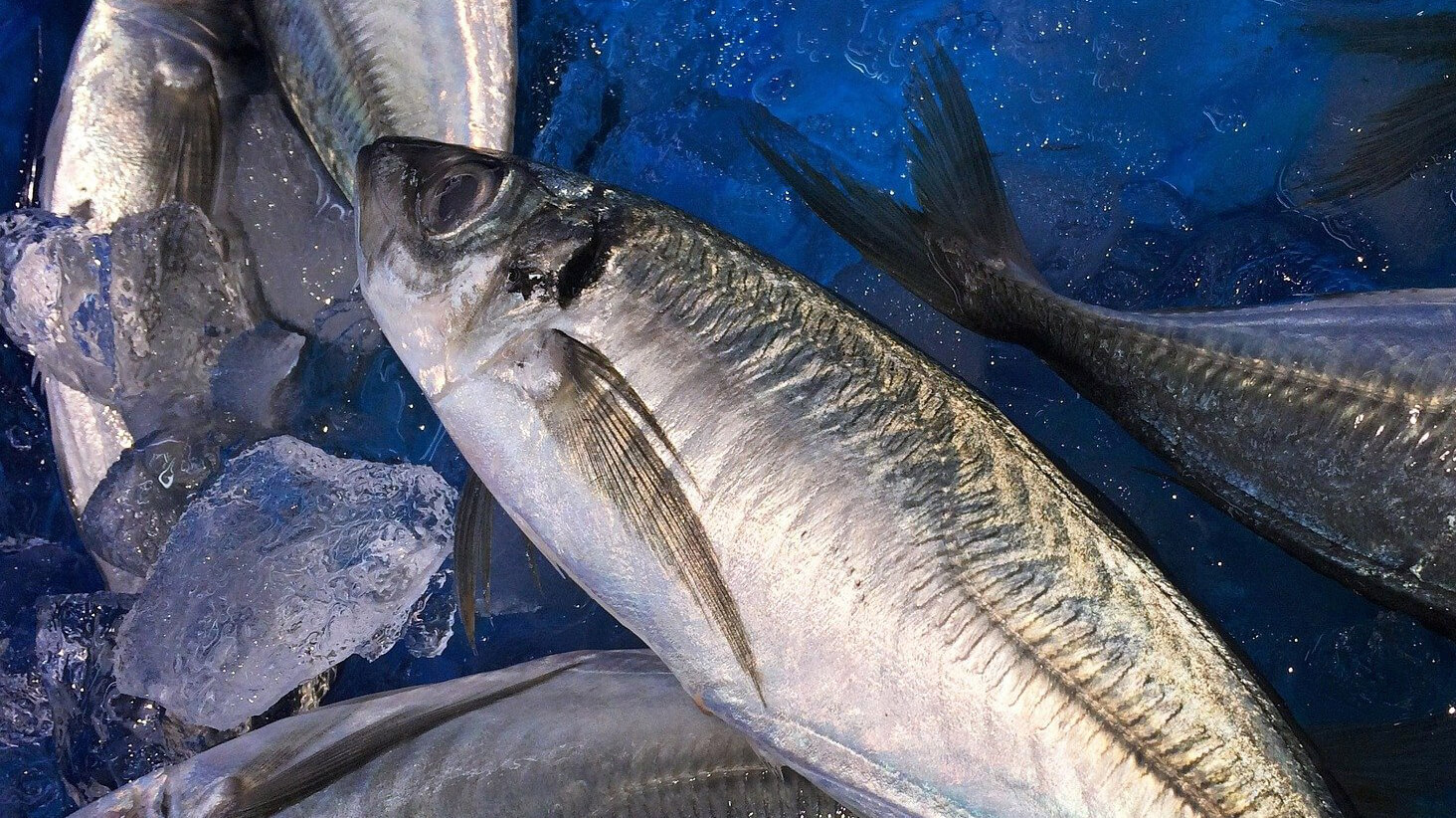
There are two fins on the back, a narrow caudal stalk, and having upper and lower fins ends in a bifurcated caudal fin. The anterior dorsal fin has several hard rays connected by a membrane, in addition, the anal fin has two spines. The scales are small, on the midline there are bone scutes with spikes having protective properties. Horse mackerels are schooling, pelargic fish. They feed, depending on size, with small fish, zooplankton, but under certain conditions they can switch to feeding on bottom animals.
Reproduction habit of horse mackerel
Fish spawning takes place in the warm season near the coast. Fish matures at the age of 2-3 years. Horse mackerel spawns in June-August. Portion spawning. Pelargic caviar. During the process of spawning eggs, the males stay in the water column above the females and fertilize the floating eggs.
Horse mackerel fishing techniques
Horse mackerel fishing is a very popular type of fishing among residents. Horse mackerel is caught with all available types of amateur fishing. This can be either a fishing rod, spinning, tackle for vertical fishing, or fly fishing. Fish are caught from the shore and from various vessels. For baits, natural baits are used, as well as various artificial ones, from small spinners, flies to ordinary wools and pieces of plastic. Often during the “zhora” a flock of horse mackerel is easy to detect – the fish begin to jump out of the water. The most popular fishing for multi-hook tackle type.
Multi-hook fishing techniques
Catching “for tyrant”, is widespread enough and is used by fishers around the world. There are small regional features, but the principle of fishing is the same everywhere. It is worth noting that the main difference between all the rigs of this type is rather related to the size of the extraction. Initially, the use of any rods was not provided. A certain amount of cord was wound around an arbitrary reel, depending on the depth of fishing, this could be up to several hundred meters.
A sinker with an appropriate weight of 100 to 400 g was fixed at the end, sometimes with a loop at the bottom to secure an additional leash. Leashes were fixed on the cord, most often, in the amount of about 10-15 pieces. In modern versions, various long casting rods are more often used. The number of lures can be different, and their number depends on the experience of the fisherman and the gear used. It should be clarified that sea fish are less “finicky” to the thickness of the rigs, so it is quite possible to use fairly thick monofilms (0.5-0.6 mm).
Regarding the metal parts of the equipment, especially the hooks, it should be borne in mind that they must be coated with corrosion, because sea water corrodes metals much faster. In the “classic” version, “tyrant” is equipped with hooks, with attached colored feathers, woolen threads or pieces of synthetic materials. In addition, small spinners, additionally fixed beads, beads, etc. are used for fishing. In modern versions, when connecting parts of the equipment, various swivels, rings and so on are used. This increases the versatility of the gear, but can damage its durability. It is necessary to use reliable, expensive accessories.
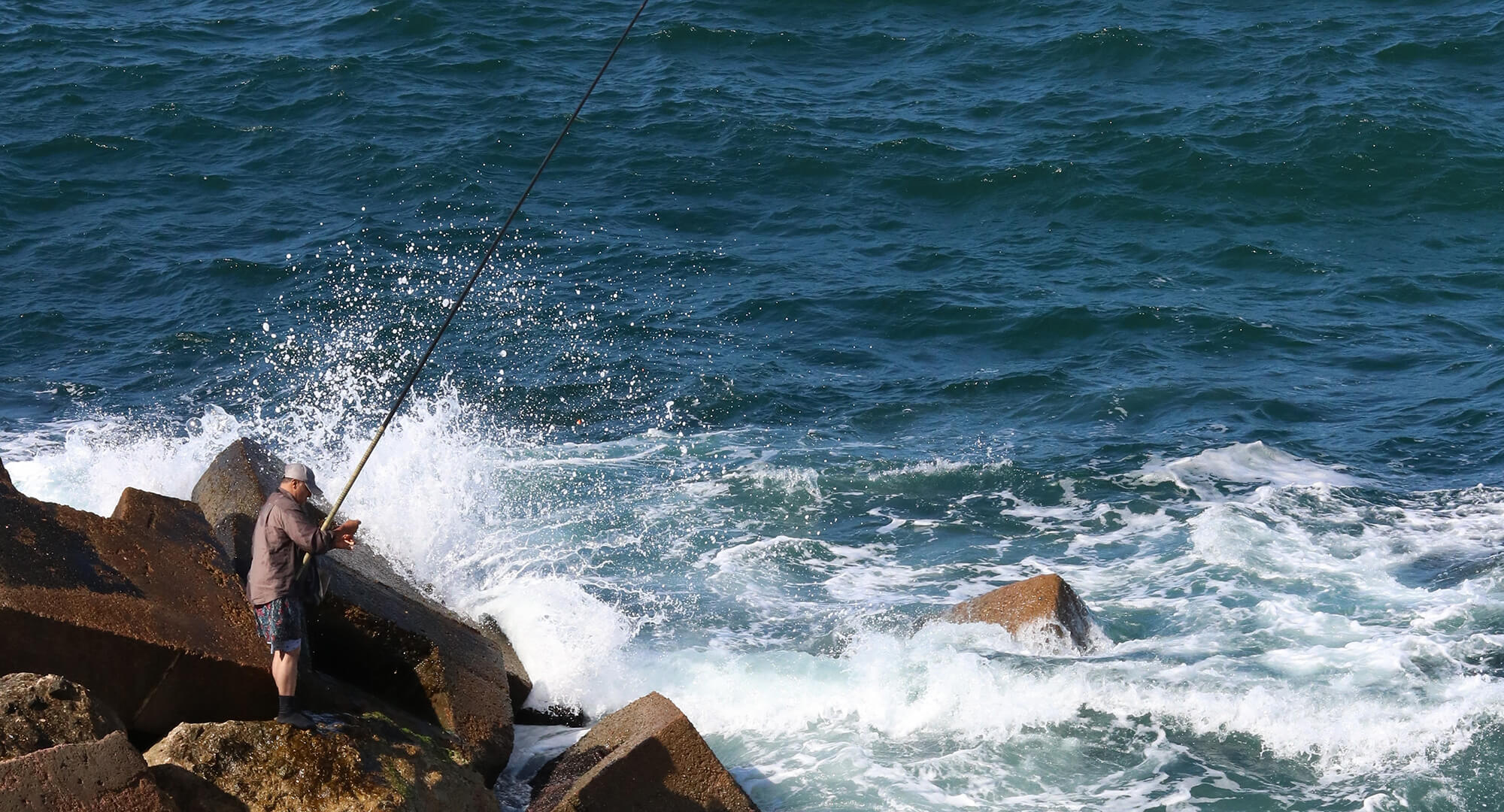
On specialized vessels for fishing on the “Samodur”, special on-board devices for reeling tackle may be provided. This is very convenient when fishing at great depths. When using short side fishing rods with access rings or sea spinning rods, a problem arises that is typical for all multi-hook rigs with wind-up fishing lines with leashes when fishing fish. When fishing for small fish, this problem is solved by using longer rods, and when fishing for large fish – by limiting the number of “working” leashes. In any case, when preparing gear for fishing, the main leitmotif should be convenience and simplicity during fishing. “Samodur” is also called multi-hook equipment using a natural nozzle.
The fishing principle is quite simple: after lowering the sinker in a vertical position to a predetermined depth, the angler makes periodic twitches of the tackle according to the principle of vertical lightness. In the case of active biting, this is sometimes not necessary. “Landing” fish on hooks can occur when lowering the equipment or from the pitching of the vessel. Catching “for tycoon” is possible not only from boats, but also from the shore. At the same time, it is possible to use sinkers not only of different weights, but also shapes, to avoid frequent hooks.
Horse mackerel fishing bait
Various fishing lures are used to catch horse mackerels; when fishing on multi-hook tackles, various artificial lures of white or silver color are more often used. In the case of fishing with floats, experienced anglers are advised to use shrimp heads.
Horse mackerel fishing place
Most fish species of the horse mackerel species live in temperate and tropical waters of the world’s oceans both in northern and southern latitudes. Horse mackerel can be caught in the Black and Azov Sea. The habitats of these fish are usually limited to the continental shelf, most often near the coastline.

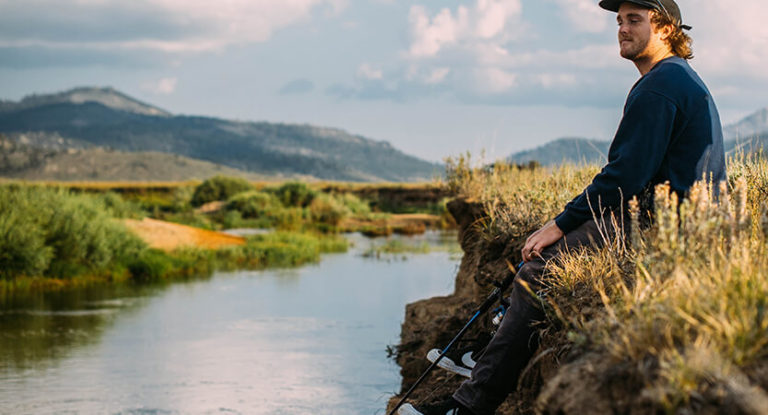
![7 Best Baitcasting Reels For 2023 Reviewed [Buying Guide] 4 7 Best Baitcasting Reels For 2023 Reviewed [Buying Guide]](https://trizily.com/wp-content/uploads/2021/12/baitcasting-reel-768x415.jpg)
![10 Best Braided Fishing Line [Comparisons and Reviews] 12 10 Best Braided Fishing Line [Comparisons and Reviews]](https://trizily.com/wp-content/uploads/2022/03/best-braided-fishing-lines-768x768.jpg)
